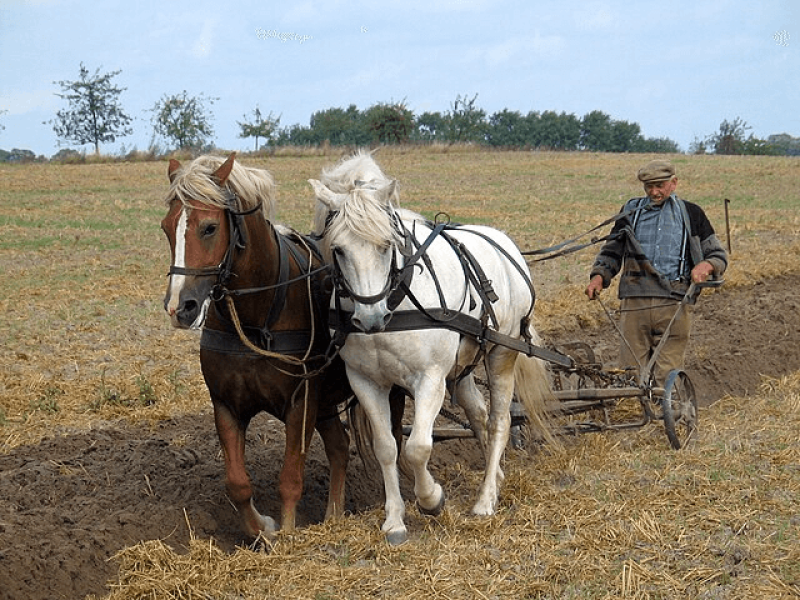Glyphosate helped end the reign of the weed once it was approved in 1974. Then, when combined with genetic modification to make corn, soybeans, cotton, and sugar beets tolerant to glyphosate, it became a transformative technology. It’s now the most widely used herbicide in the United States, employed on more than 90 percent of U.S. crop acreage.
Glyphosate’s cost-efficient and effective weed control has enabled farmers to implement conservation practices on millions of additional acres by moving from full tillage to conservation tillage, no-till, and/or cover crops. These practices create healthier soils, and result in cleaner water and less erosion. Moreover, these conservation practices contribute to climate resiliency by reducing carbon emissions.
Now, 40 years after that high school vo-ag class, and the evolution of conservation practices catalyzed by glyphosate, Aimpoint Research was recently asked to study the complexities of its impact on agriculture and outline what a future without glyphosate could look like.
U.S. farmers would bear a $1.9 billion burden in increased operating costs by reverting to conventional tillage.
…
A loss of glyphosate would result in a litany of unintended consequences, from higher production costs and less innovation to a reversal of decades of conservation and sustainability gains. This not only harms U.S. farmers, but everyone that consumes the food, fiber, and fuel they produce.































